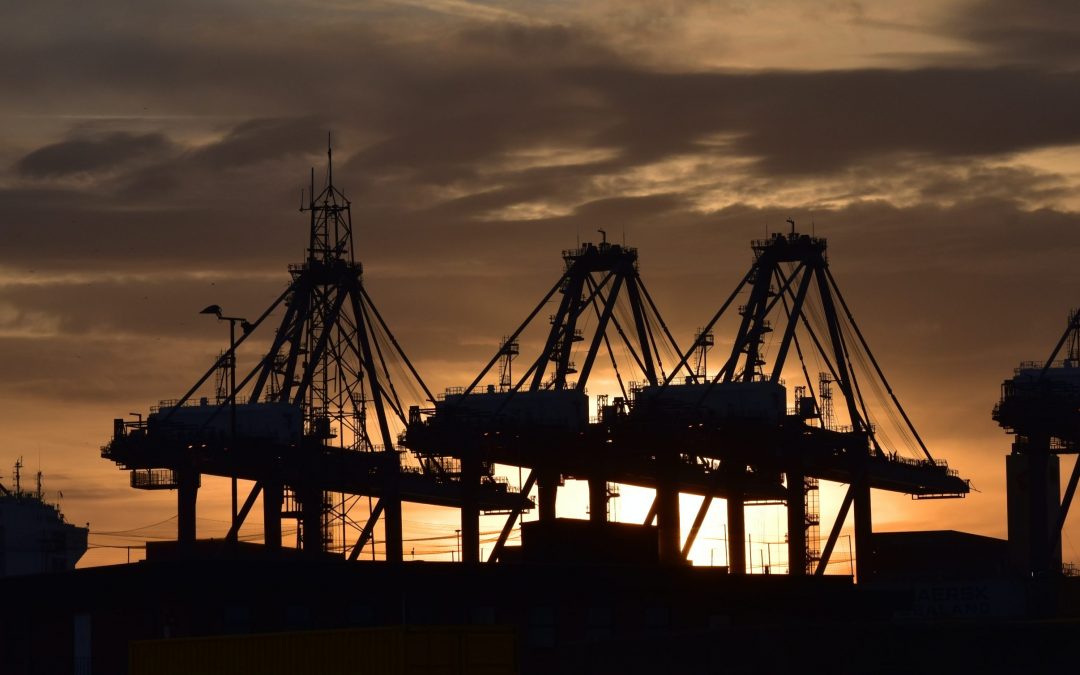China’s imports of unwrought aluminium more than doubled year-on-year in 2023 and were the second highest annual total since the start of the century.
Primary metal imports surged to 1.54 million metric tons from 668,000 tons in 2022, but fell just short of the record 1.58 tally accumulated over 2021.
The big difference between the 2021 and 2023 peaks was the composition of the inbound shipments.
Russian metal accounted for just 18% of 2021 volumes, a ratio that jumped to 76% last year as penal import duties in the U.S. and self-sanctioning in parts of Europe disrupted previous Russian trade patterns.
Russia and China are becoming increasingly dependent on each other in the aluminium market.
But can China, the world’s largest aluminium producer, keep soaking up what others do not want? The London Metal Exchange (LME) can only hope so.
MUTUAL DEPENDENCE
Indian-brand aluminium accounted for the lion’s share of 2021’s bumper imports. Volumes of 855,000 tons accounted for more than half of total inbound shipments.
Chinese imports of Russian-brand aluminium, by contrast, totalled a relatively modest 291,000 tons in what was the last full year of trade before the February 2022 invasion of Ukraine.
Flows of Russian material rose to 462,000 tons in 2022 and then leapt to 1.18 million tons last year. Imports of Indian metal dropped to just 98,000 tons over the same time-frame.
Russia has also been exporting more unwrought aluminium alloy to China. While total Chinese alloy imports slid by 11% last year relative to 2022, imports of Russian material rose by 11% to 63,000 tons. Last year’s tally was nearly double that of 2021.
Some of the metal moving from Russia to China has been smelted from Chinese alumina, the intermediate product between bauxite and refined metal in the production chain.
Russian aluminium giant Rusal 0486.HK lost access to its Ukrainian refinery and its joint venture Australian plant shortly after the launch of Vladimir Putin’s “special military operation”.
The company has become increasingly reliant on Chinese supply, cementing the dependency with the purchase last October of a 30% stake in Hebei Wenfeng New Materials, which operates a recently built alumina refinery with annual capacity of 4.8 million tons.
Just as Rusal metal dominates China’s imports of primary aluminium, the company also accounts for a large part of China’s alumina exports.
Shipments to Russia came to 1.12 million tons last year, representing 88% of total export flows. The two countries’ alumina trade amounted to a paltry 1,747 tons in 2021.
Indeed, without the Russian connection it’s doubtful China would be exporting much alumina at all, given recent signs of stress in that part of its production sector.
MARKET OF LAST RESORT
China is absorbing Russian metal that would otherwise be piling up in Western warehouses.
The London Metal Exchange (LME), which has historically been the market of last resort for unsold metal, is already sitting on high stocks of Russian material.
There were 338,375 tons of Russian aluminium on LME warrant at the end of December, amounting to 90% of total registered inventory.
The high ratio has re-ignited the simmering dispute over whether the exchange should suspend Russian brands rather than tweaking its delivery rules to allow for unilateral government sanctions such as the U.S. import duties.
Quite evidently, the LME’s dilemma would be much more acute were not around a quarter of Rusal’s production heading to China.
NEW NORMAL?
Is this Sino-Russian trade the new normal? It looks likely, as long as China can keep absorbing such large inflows of primary metal.
China accounted for 59% of global aluminium production last year, but output growth has slowed from the double-digit pace of the 2000s to 4% in 2021 and 2022 and just 3% last year.
Annual production capacity has crept close to the government’s cap of 45 million tonnes, meaning few new smelters are being built, and run-rates have been regularly impacted by a lack of hydro power in drought-hit provinces such as Yunnan.
Meanwhile consumption from energy transition sectors seems to be robust, in part thanks to strong exports of new-energy technology such as solar panels.
There is no evidence of any massive surplus in the mainland market. Stocks registered with the Shanghai Futures Exchange stand at a modest 101,537 tons.
Exports of semi-fabricated products, historically a tell-tale sign of a domestic market glut, fell by 12% last year relative to 2022.
It is of course possible that part of what was “imported” last year is now sitting in a Chinese bonded warehouse.
The official customs statistics do not differentiate between metal imported for a Chinese consumer and metal going into long-term storage to be used as collateral.
Either way, however, it’s good news for the LME and for the Western market as a whole.
Trading Russian metal is becoming more difficult as Western policymakers turn the sanctions screws. Britain has banned its citizens from physically dealing in Russian metal, which is a big headache for an exchange based in London.
There are also growing calls for the European Union to ratchet up the economic pressure on Russia by extending sanctions on Russian aluminium from specialised products to primary metal.
It looks as if Russian aluminium, which has so far avoided a blanket sanctions ban, is going to be ever more difficult a sell to Western users.
It’s not just Rusal that will be hoping Chinese consumers don’t lose their appetite for imported aluminum.
Source: Hellenic Shipping News





